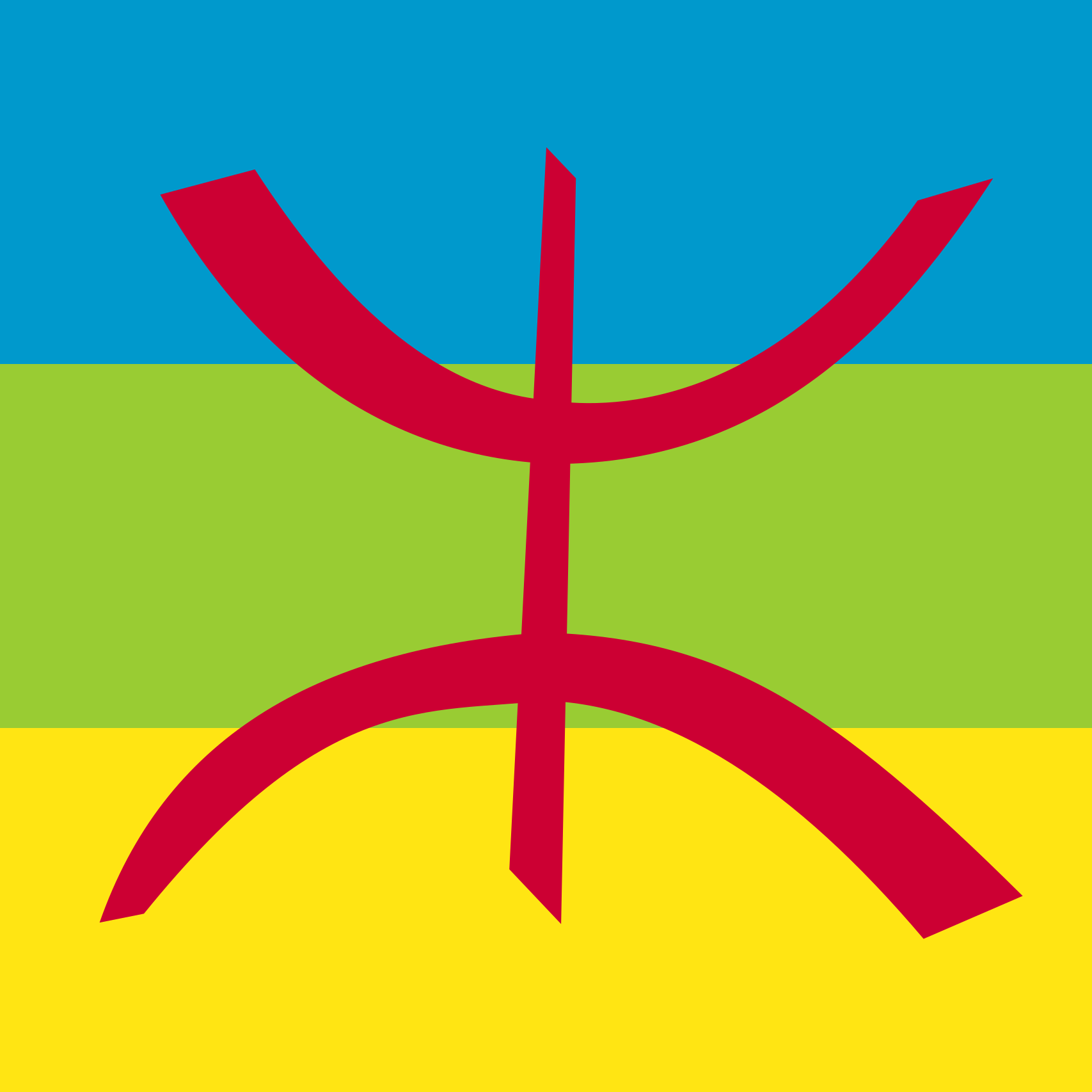The Amazigh people are an indigenous ethnic group that inhabit the Sahara desert, one of the harshest and most remote environments on earth. In this part of the article, we will explore the Amazigh populations in the Sahara, the history and culture of the Amazigh people in the Sahara, the impact of colonialism and modernization on the Amazigh people in the Sahara, and contemporary issues facing the Amazigh populations in the Sahara.
Overview of the Amazigh Populations in the Sahara:
The Amazigh populations in the Sahara are diverse and widespread, with different dialects, cultures, and traditions. The largest Amazigh populations in the Sahara are found in Algeria, Libya, and Mali, with smaller populations in Niger, Chad, and Mauritania.
The Amazigh populations in the Sahara are known for their resilience and adaptability, with many Amazigh communities relying on nomadic or semi-nomadic lifestyles to survive in the harsh desert environment. The Amazigh populations in the Sahara also have a rich cultural heritage, with a unique language, music, and art.
The History and Culture of the Amazigh People in the Sahara:
The Amazigh people in the Sahara have a rich and complex history, dating back to prehistoric times. The Amazigh people in the Sahara have formed powerful kingdoms and empires, such as the Garamantes and the Tuareg, and have played an important role in the trans-Saharan trade routes.
The Amazigh people in the Sahara also have a rich cultural heritage, with a unique language, music, and art. The Amazigh language in the Sahara includes several dialects, such as Tamasheq, Tamahaq, and Tawellemet, and is known for its complex grammar and morphology.
Traditional Amazigh music in the Sahara is characterized by its use of traditional instruments, such as the imzad (a single-stringed violin) and the tinde (a type of drum). Amazigh art in the Sahara includes intricate geometric patterns and natural motifs, such as camels and palm trees, and can be found in textiles, jewelry, and other decorative objects.
The Impact of Colonialism and Modernization on the Amazigh People in the Sahara:
The Amazigh populations in the Sahara have faced significant challenges and issues related to colonialism and modernization. During the 19th and 20th centuries, the Amazigh populations in the Sahara were subject to colonization by European powers, such as France and Italy, which led to significant social and political changes in the region.
The Amazigh populations in the Sahara also face challenges related to modernization, such as the displacement of traditional communities due to development projects or political conflicts, and the marginalization of traditional Amazigh culture and identity.
Contemporary Issues Facing the Amazigh Populations in the Sahara:
In contemporary times, the Amazigh populations in the Sahara continue to face challenges and issues related to discrimination, marginalization, and limited political representation. Many Amazigh communities in the Sahara are also facing significant environmental challenges related to climate change, such as desertification and drought.
Despite these challenges, there has been a growing movement for Amazigh identity and autonomy in the Sahara, with many Amazigh communities advocating for greater recognition and representation in government and society.
In conclusion, the Amazigh people in the Sahara are a diverse and resilient group, with a rich cultural heritage and a unique relationship with the harsh desert environment. The Amazigh populations in the Sahara have faced significant challenges related to colonialism and modernization, as well as contemporary issues related to discrimination, marginalization, and environmental degradation.
Despite these challenges, there has been a growing movement for Amazigh identity and autonomy in the Sahara, with many Amazigh communities advocating for greater recognition and representation in government and society. The Amazigh people in the Sahara are an important and vibrant part of North African culture and identity, and their legacy is worth exploring and celebrating.
In conclusion, the Amazigh people are a fascinating and important indigenous ethnic group that has played a significant role in the history and culture of North Africa and the Sahara. From their rich cultural heritage and unique language and music to their resilience in the face of environmental and social challenges, the Amazigh people have a lot to teach us about human history and diversity. We hope this article has provided a useful overview of the Amazigh people and their legacy, and we encourage readers to explore further the rich and diverse cultures and histories of the Amazigh people.
